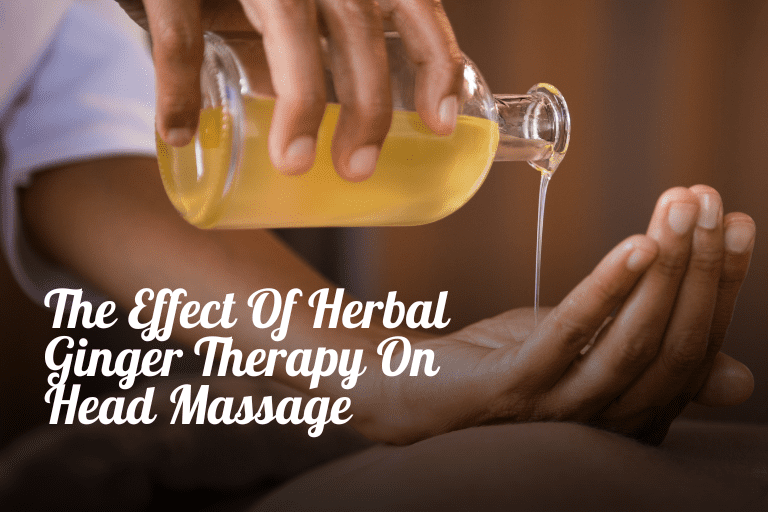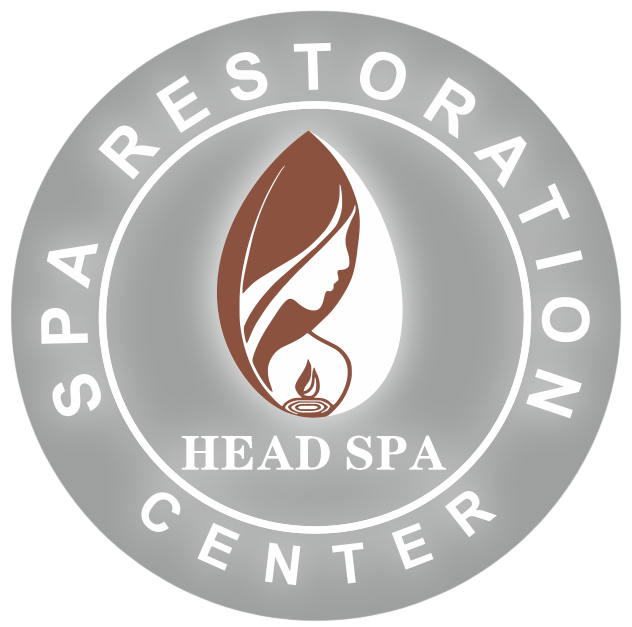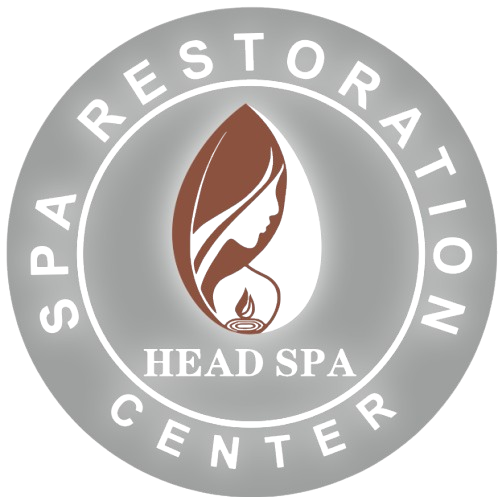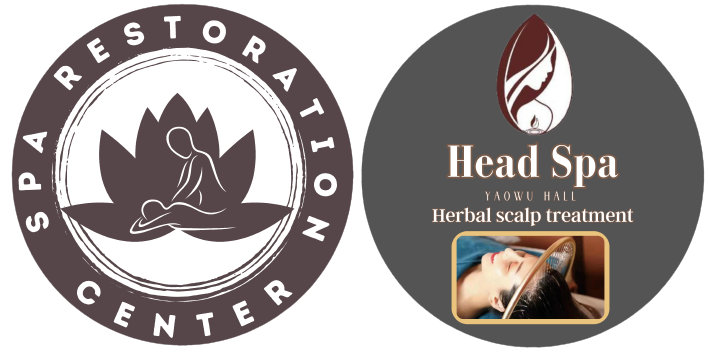
The Effect Of Herbal Ginger Therapy On Head Massage
For centuries, cultures worldwide have embraced the healing power of touch. Head massage, a practice as ancient as time itself, is more than just a feel-good experience.
It offers a multitude of benefits for both the mind and body. Here, we delve into the world of head massage, exploring its advantages and the synergistic effect it can have when combined with herbal ginger therapy
What is a Head Massage?
This massage is a therapeutic technique that involves applying pressure to the scalp, neck, and shoulders. It can be performed with or without oil, and the pressure can range from gentle to firm.
There are various head massage techniques, each with its focus and benefits. Some common styles include:
- Swedish massage: This is a gentle, relaxing technique that uses long strokes and kneading to promote circulation and relieve tension.
- Shiatsu massage: This traditional Japanese technique uses acupressure points to stimulate energy flow and address specific ailments.
- Indian massage: This invigorating massage focuses on the scalp, neck, and shoulders, using rhythmic strokes to improve circulation and relieve headaches.
The Advantages of Head Massage
Head massage offers a range of benefits that extend far beyond simply feeling good. Here’s a closer look at some of the most well-documented advantages:
Stress Reduction
Head massages can significantly reduce stress levels. The act of massage stimulates the release of endorphins, the body’s natural feel-good chemicals, while also lowering cortisol, the stress hormone. This stress reduction can lead to improved mood, better sleep, and a greater sense of well-being.
Pain Relief
Head massages can be highly effective in alleviating headaches and migraines. By promoting blood flow and easing muscle tension in the scalp and neck, massages can reduce pain intensity and frequency.
Improved Sleep
Difficulty falling asleep or staying asleep? Head massages can be a natural and effective sleep aid. The relaxation benefits of massage can help quiet the mind and prepare the body for restful sleep.
Reduced Anxiety
Along with stress reduction, head massages can also help alleviate anxiety symptoms. The calming effect of massage can promote a sense of peace and reduce feelings of worry and nervousness.
Enhanced Hair Health
Head massages can improve scalp circulation, which can benefit hair health. Increased blood flow can nourish hair follicles and promote hair growth. Additionally, scalp stimulation during a massage can help remove dead skin cells and promote a healthy scalp environment.
Boosted Immunity
Some studies suggest that head massages may help strengthen the immune system. The relaxation response triggered by massage can positively impact the body’s ability to fight off illness.
Know About Herbal Ginger Therapy
Ginger, a commonly used kitchen staple, boasts a long history in traditional medicine. Its potent anti-inflammatory and analgesic (pain-relieving) properties make it a valuable tool for addressing various health concerns.
Here’s a glimpse into the potential benefits of ginger:
- Pain Relief: Ginger’s anti-inflammatory properties make it effective in managing pain caused by conditions like arthritis, headaches, and muscle soreness.
- Improved Digestion: Ginger is well-known for its ability to aid digestion. It can help soothe nausea, bloating, and indigestion.
- Enhanced Circulation: Ginger’s vasodilatory properties can help improve blood circulation, promoting overall well-being.
- Antioxidant Powerhouse: Ginger is packed with antioxidants that protect the body from free radical damage and may help reduce the risk of chronic diseases.
Combined Power of Head Massage and Ginger Therapy
The benefits of head massage and ginger therapy can be significantly amplified when combined. Here’s how:
Enhanced Pain Relief
Topical application of ginger oil during a head massage can further reduce pain in the scalp, neck, and shoulders. The combined anti-inflammatory effects of ginger and massage can provide potent relief for headaches, migraines, and muscle tension.
Improved Relaxation
Ginger’s calming properties can work alongside the relaxation benefits of head massage to create a deeply restorative experience.
Boosted Circulation
Ginger’s vasodilatory properties, coupled with the pressure applied during massage, can significantly improve blood flow to the scalp and head. This enhanced circulation can promote hair growth and overall scalp health.
Important Note
When considering using ginger oil for a head massage, it’s crucial to dilute it with a carrier oil like coconut or almond oil to prevent skin irritation.

Finding the Right Head Massage for You
With a plethora of head massage techniques available, choosing the right one can feel overwhelming. Here are some tips to guide you:
- Consider your needs: Are you looking for stress relief, pain management, or improved sleep? Knowing your specific goals will help you choose the most appropriate technique
- Research different techniques: Learn about various head massage styles like Swedish, Shiatsu, and Indian head massage. Each technique offers different benefits and focuses on different areas.
- Consult a professional: If you have any underlying health conditions, it’s best to consult with a massage therapist or healthcare professional to determine if a head massage is suitable for you and which technique would be most beneficial.
- Look for a qualified massage therapist: Seek a licensed and experienced massage therapist who specializes in head massage.
What to Expect During a Head Massage
A typical head massage session will last anywhere from 15 to 60 minutes. Here’s a general breakdown of what to expect:
- Consultation: The therapist will discuss your health history and goals for the massage.
- Positioning: You’ll be comfortably seated in a massage chair or lying down on a massage table.
- The Massage: The therapist will use various techniques to apply pressure to your scalp, neck, and shoulders. Depending on the chosen style, the pressure may range from light and relaxing to deep and invigorating.
- Aftercare: The therapist may provide recommendations for aftercare, such as staying hydrated and avoiding strenuous activity.
Head Massage Techniques
While seeking a professional massage therapist is highly recommended, there are simple self-massage techniques you can try at home for stress relief and relaxation. Here are two basic methods:
Scalp Massage
Using your fingertips, gently apply pressure in circular motions all over your scalp. Start at your forehead and work your way back towards your neck. You can also use a comb with rounded teeth to gently stimulate your scalp.
Neck and Shoulder Massage
Gently knead the muscles in your neck and shoulders, using your fingertips or thumbs in a circular motion. You can also try rolling your shoulders forward and backward to release tension.
Important Note: If you experience any pain or discomfort during your self-massage, stop immediately.
Safety Considerations for Head Massage
Head massage is generally safe for most people. However, there are some situations where it may not be advisable. Here are some contraindications to consider:
- Open wounds or sores on the scalp or neck
- Fractures in the neck or spine
- Severe headaches or migraines (consult a doctor first)
- High blood pressure (consult a doctor first)
- Certain skin conditions
If you have any concerns about whether a head massage is safe for you, it’s always best to consult with your healthcare provider.
Conclusion
Head massage, when combined with the potent properties of ginger therapy, offers a powerful approach to promoting relaxation, reducing pain, and improving overall well-being. By incorporating these practices into your self-care routine, you can experience a multitude of benefits for both your mind and body.



Leave a comment